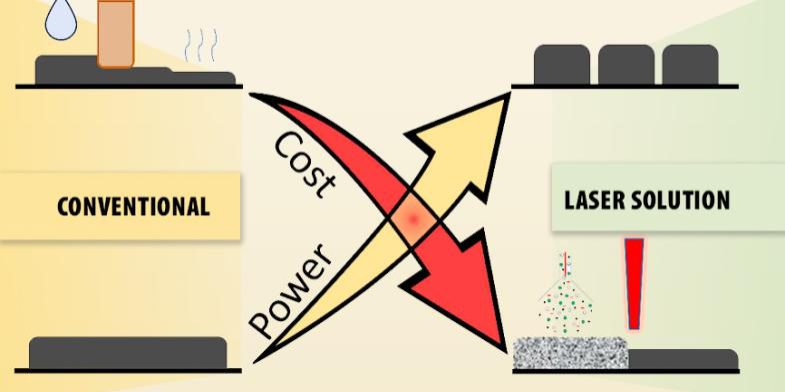The next generations of lithium-ion batteries require higher energy and power densities at a lower cost. Current battery manufacturing, based on slurry casting and coating, is struggling to further improve these key metrics.
Lawrence Livermore National Laboratory (LLNL) is partnering with Ampcera Inc. to develop solvent-free Laser Powder Bed Fusion (L-PBF) additive manufacturing technologies for the fabrication of 3-D-structured lithium battery cathodes. The project received $1.5 million from the Advanced Manufacturing Office at the U.S. Department of Energy.


